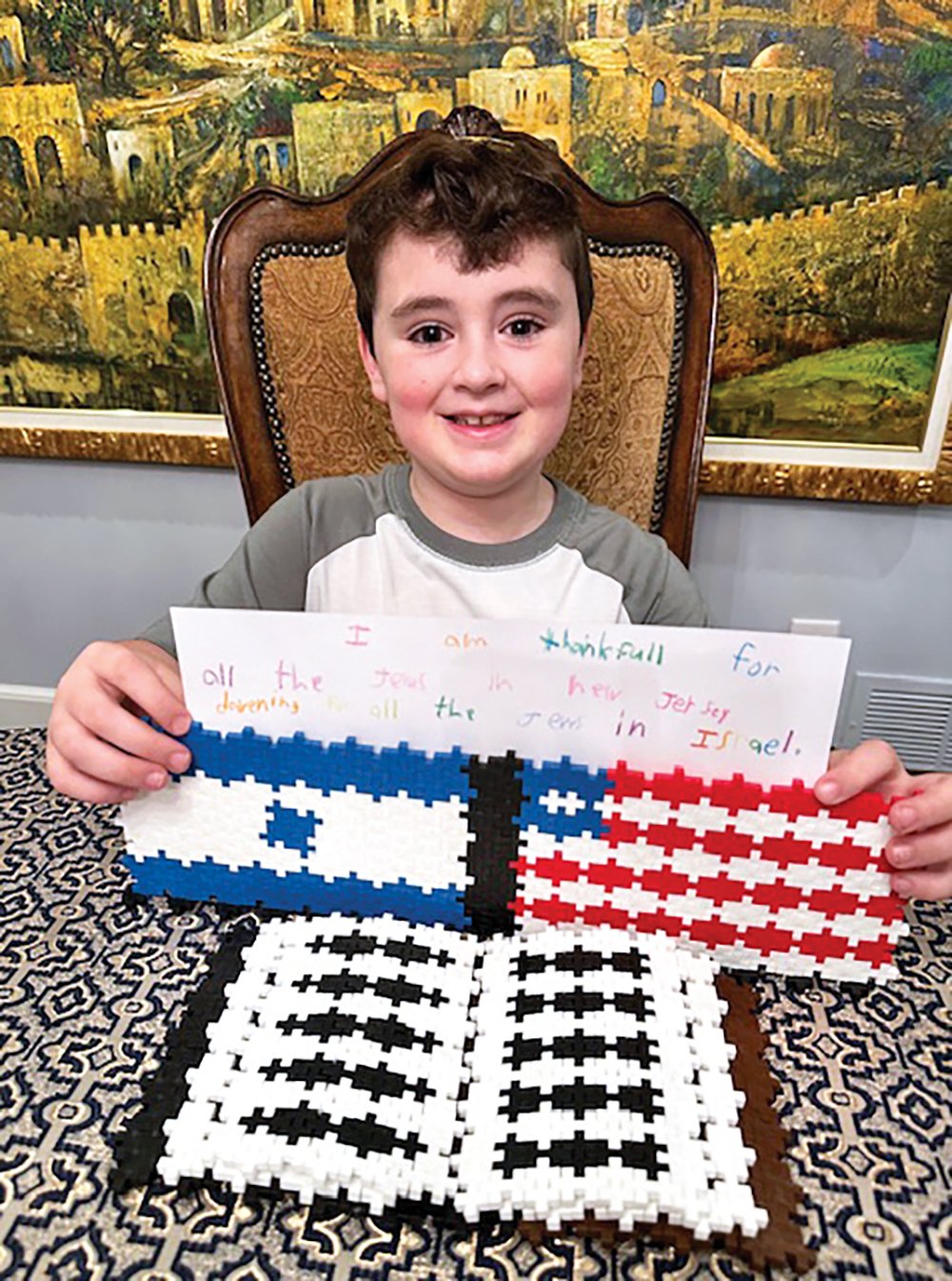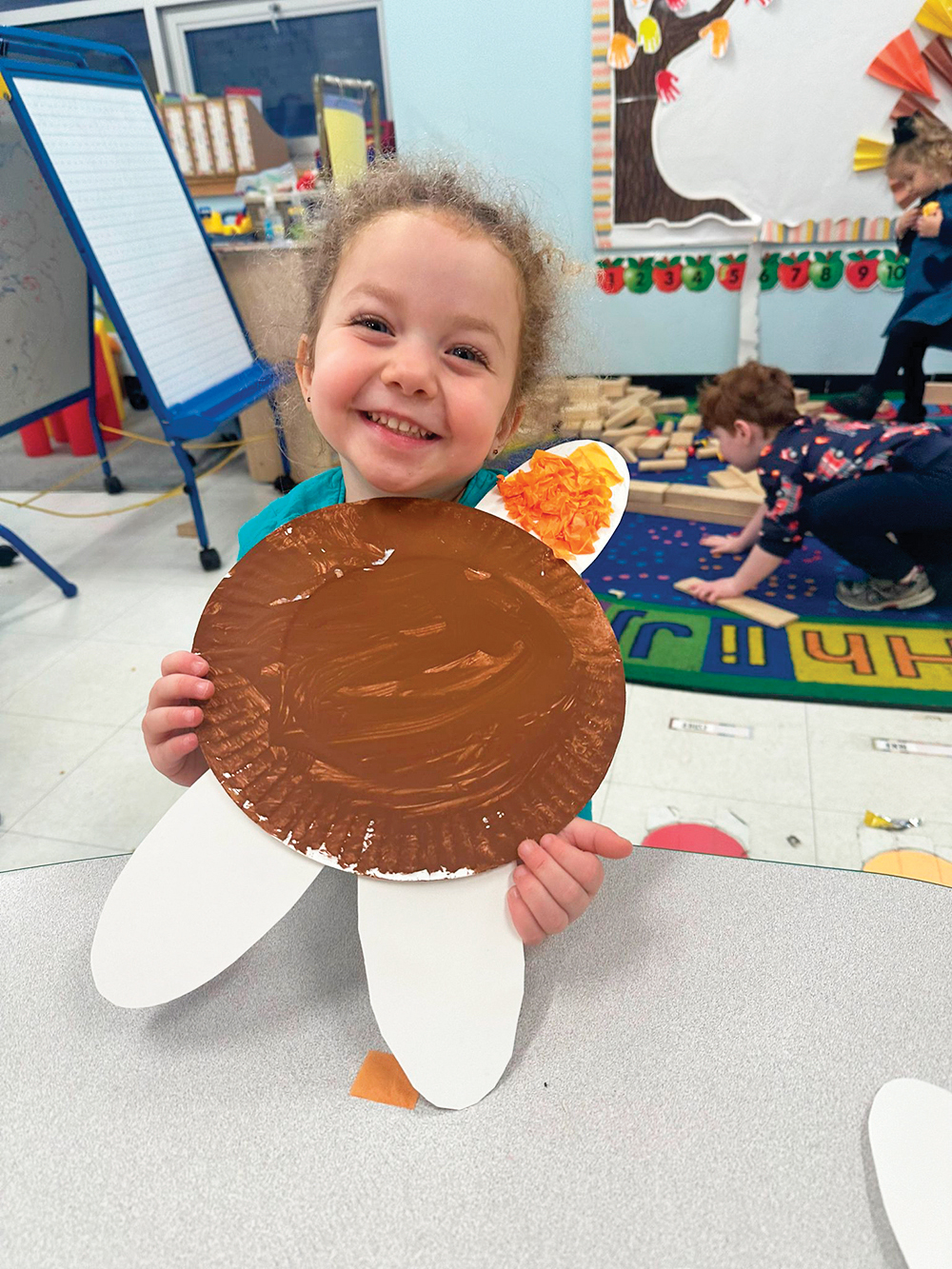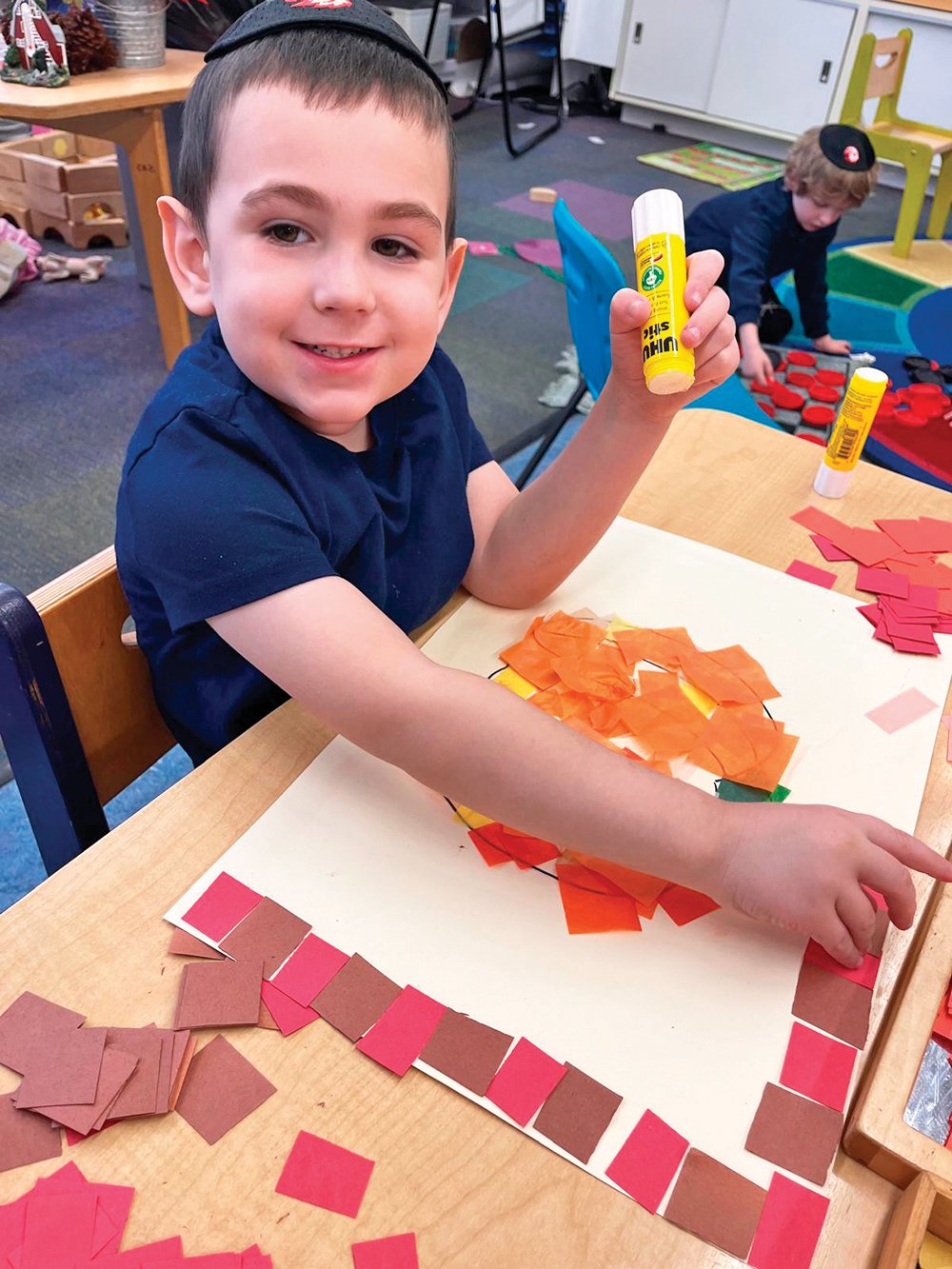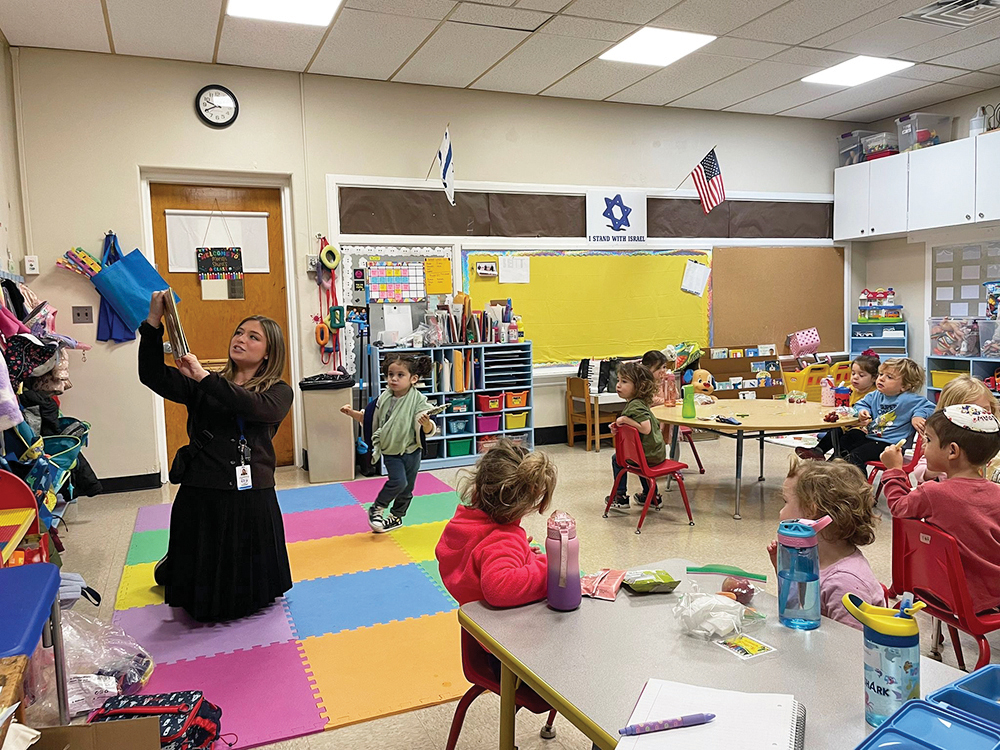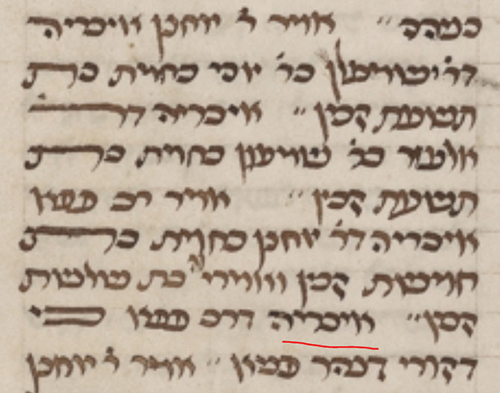
There’s a story about a prominent rosh yeshiva who, in his youth, attended summer camp. Once, a Chassidishe rebbe, who was somewhat overweight, came to visit the boys. The rebbe sat down on a wicker chair but, alas, it couldn’t hold him, and it collapsed. All the boys laughed except our hero. The rebbe was impressed with the boy’s character, and asked why he hadn’t laughed. The boy explained that when he saw this happen, he thought that the rebbe was just like Yaakov Avinu. Prompted to elaborate, the boy explained that in Vayeitzei, Yaakov put several stones around his head but each stone said עָלַי יָנִיחַ צַדִּיק אֶת רֹאשׁוֹ, “Upon me the tzaddik should rest his head!” So they all miraculously joined together to form one big stone. Just so, when the rebbe sat on the wicker chair, each hole proclaimed עָלַי יָנִיחַ צַדִּיק! So they formed one big hole.
In Bava Kamma 10b, Rav Pappa brings up a case discussed in a brayta in which five people sat on a bench without breaking it, but then a sixth man joined them in sitting on it, and it broke. The last man is liable for all of the damage. Rav Pappa adds that this man was as heavy as Pappa bar Abba (who could have broken the bench with his weight by himself).
This sugya (topic) is often taken as evidence that Rav Pappa was obese, and that he was referring to himself. Indeed, English Wikipedia, which is often of low quality when it comes to discussing Talmudic Sages, points to our sugya and states: “He was obese, and once noted that he could break a bench simply by sitting on it.” The claim doesn’t appear on Hebrew Wikipedia. Now, this statement may be correct, but it’s the opinion of one Wikipedia editor in a June 2019 edit, rather than representing a scholarly consensus.
If Rav Pappa meant himself, he would have said כגון אנא. A survey of Pappa bar Abba sugyot suggests he’s a separate person. In Shabbat 119a, the sons of Rav Pappa bar Abba asked Rav Pappa (אֲמַרוּ לֵיהּ בְּנֵי רַב פָּפָּא בַּר אַבָּא לְרַב פָּפָּא: כְּגוֹן אֲנַן), “For people like us, for whom meat and wine is found on our table every day, how shall we upgrade the experience for Shabbat?” In Yevamot 21b, different Amoraim discuss how one can confuse daughters-in-law of sons and daughters, pointing to other people. Abaye points to the daughters-in-law of Bar Tzitai, Rav Pappa to those of Rav Pappa bar Abba, and Rav Ashi to those of Mari bar Isak. In Yevamot 46a, Rav Pappa asks his teacher Rava, “Has Master seen those of the house of Pappa bar Abba, who pay the poll tax on behalf of poor people and as a result enslave them?” In Bava Metzia 91a, Rav Pappa says that “these matters (below, such as kneading dough with milk) were raised as a dilemma before me by members of the house of Rav Pappa bar Abba.” In Yoma 66b, Rav Pappa bar Abba’s sons object to Ravina. Finally, Chullin 54a discusses Rav Pappa bar Abba the Hunter, perhaps the same person, who would strike an animal in the kidney with his arrow, leading to questions as to whether the animal was a treifa (not kosher).
Many of these sugyot involve Rav Pappa talking of (Rav) Pappa bar Abba, his sons, or household, so maybe he’s referring to himself in the third person, just as Josh likes to refer to himself in third person. But if this were so, in Shabbat, Rav Pappa is the target, and there doesn’t seem to be a need to specify “bar Abba.” So too, in Yoma. In Yevamot, each Amora is pointing to a person other than himself. Indeed, in our sugya, neither Rav Steinsaltz nor Artscroll assumes Rav Pappa is saying that he himself could break the bench.
Was Rav Pappa’s father indeed named Abba? Pappa could be Latin “father,” matching abba. Heinrich Graetz claims Rav Pappa’s father was named Chanan, but Rav Hyman says this was a based on a misunderstanding of Ketubot 40b, taking רַב פָּפָּא בְּרֵיהּ דְּרַב חָנָן מִבֵּי כְלוֹחִית as the plain Rav Pappa. Instead, we simply don’t know his father’s name.
Harpanyan Basket-Sized
However, another sugya may suggest Rav Pappa was large. Bava Metzia 84a describes Rabbi Yishmael beRabbi Yossi and Rabbi Eleazar beRabbi Shimon, sixth-generation Tannaim, as extremely obese. When they met, a pair of oxen could have passed between them, in their belly-space. A Roman noblewoman suggested that they couldn’t have fathered their own children. They replied that their wives were even larger. She said, “Even more so!” See inside, but they answered how love conquers all.
In this context, the Gemara mentions the dimensions of several Tannaim and Amoraim. Rabbi Yochanan said that the aforementioned Rabbi Yishmael beRabbi Yossi was the size of a jug of nine kav. To this, Rav Pappa said that Rabbi Yochanan was the size of five, or some have it, three kav. To this, the Gemara said that Rav Pappa himself was like baskets made in Harpanya (six kav, based on Shabbat 127a).
While the local implication is that these men were obese, such that this kav measure was required, what’s really described is איבריה, a relevant body part for procreation—or some take it as sexual appetite. For Rav Pappa, איבריה is missing in printings and one manuscript. This led Rav Steinsalz/the Koren English translation to deviate from the description regarding other Sages, to say the Harpanyan baskets describe Rav Pappa’s belly. However, many manuscripts (Escorial, Hamburg 165, Munich 95, Vatican 115a, Vatican 117, Frankfurt) have איבריה.
We know that Rabbi Yishmael beRabbi Yossi was obese. We also know (Berachot 13b) that Rabbi Yochanan would lie on his side to recite Shema, because, the Talmudic Narrator says, דְּבַעַל בָּשָׂר הֲוָה, he was a man of flesh. As for Rav Pappa, I don’t know a separate source explicitly stating he was obese, but read on about his voracious appetite. Because of this lack of outside corroboration of obesity, Rav Aharon Hyman (Toledot Tannaim vaAmoraim) agrees with Rav Avraham Zacuto (Sefer HaYuchsin) that Bava Metzia refers to Rav Pappa bar Abba. I’m not convinced that a sugya would refer to the Rav Pappa bar Abba, with a patronymic, as plain Rav Pappa when the latter is his contemporary.
Once we assume Rav Pappa was exceedingly obese, we’re predisposed to interpret any mention of his eating something as eating a lot. This sometimes appears true, but we should carefully consider each instance. Thus, Pesachim 89b relates that fifth-generation Rav Pappa and his contemporary, Rav Huna bereih deRav Yehoshua, mixed their bread together to eat. Rav Pappa would eat four pieces of bread for each piece Rav Huna bereih deRav Yehoshua, so the latter tried to break up the meal. Taanit 11a relates that for each parsang (about 3.5 miles) Rav Pappa traveled, he would eat a loaf of bread (חֲדָא רִיפְתָּא). This could be a lot, depending on the size of a רִיפְתָּא. Even if Rav Pappa was heavy, I’d maintain that he wasn’t heavy enough to break a bench, so he was speaking about a heavier contemporary.
Rabbi Dr. Joshua Waxman teaches computer science at Stern College for Women, and his research includes programmatically finding scholars and scholastic relationships in the Babylonian Talmud.


